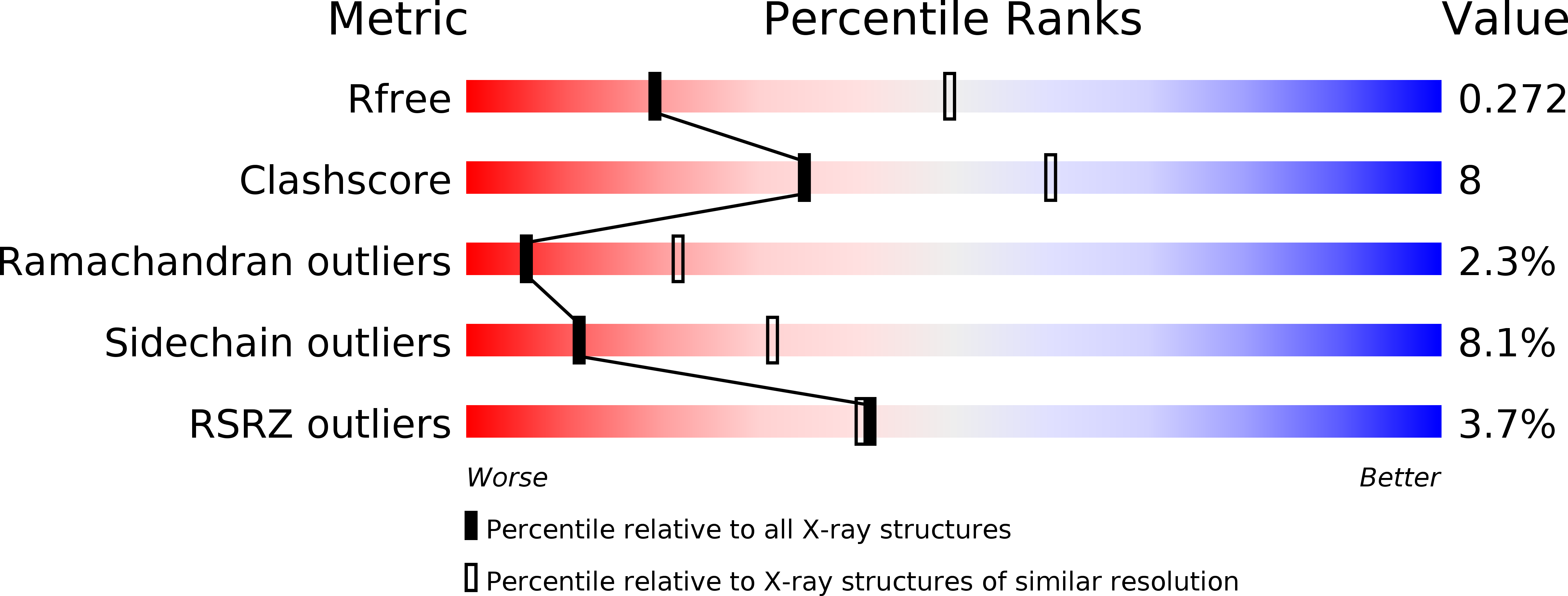
Deposition Date
2011-04-21
Release Date
2012-02-15
Last Version Date
2023-12-20
Entry Detail
PDB ID:
2YGV
Keywords:
Title:
Conserved N-terminal domain of the yeast Histone Chaperone Asf1 in complex with the C-terminal fragment of Rad53
Biological Source:
Source Organism:
SACCHAROMYCES CEREVISIAE (Taxon ID: 4932)
Host Organism:
Method Details:
Experimental Method:
Resolution:
2.94 Å
R-Value Free:
0.25
R-Value Work:
0.18
R-Value Observed:
0.19
Space Group:
C 1 2 1


